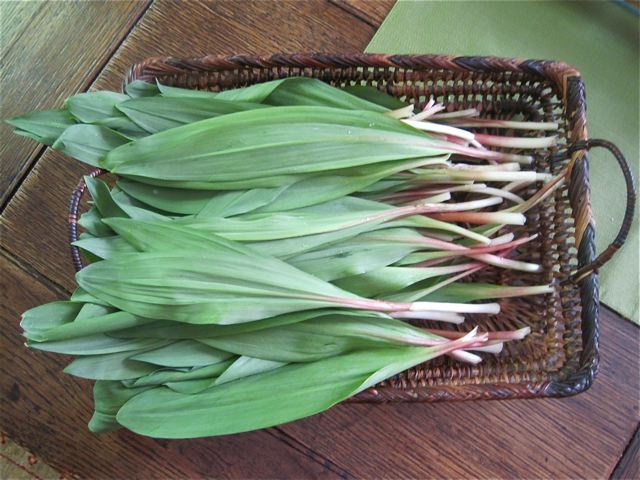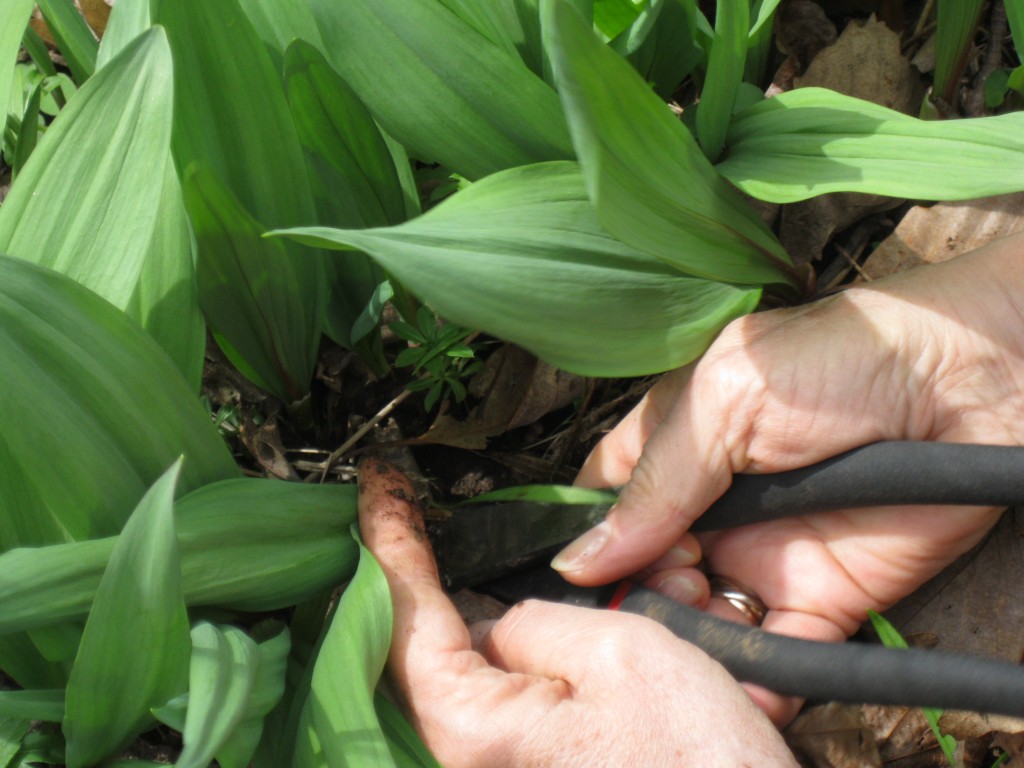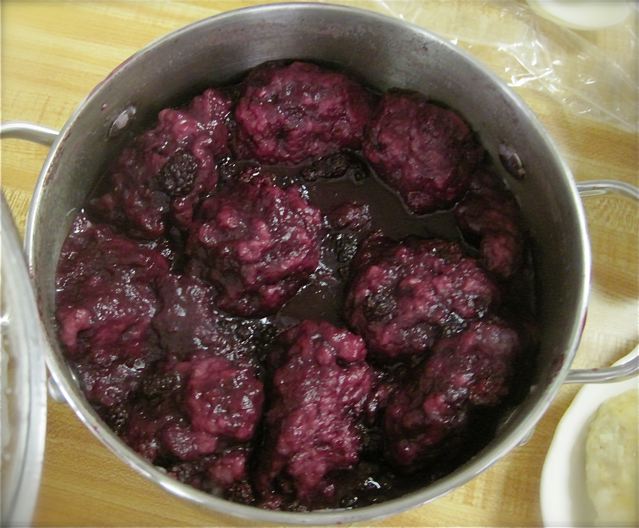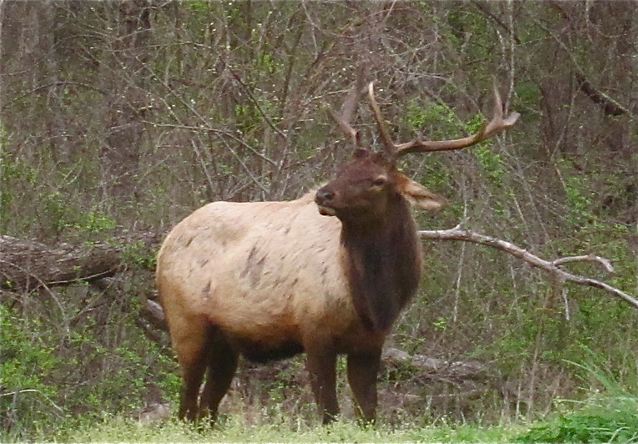Jordan Wright
Special to Indian Country Today Media Network
April 15, 2012
In Qualla Boundary, high up in the Great Smoky Mountains of North Carolina, springtime means foraging for emergent greens. The Eastern Band of Cherokee has always used the tender shoots, chockfull of minerals and Vitamins A and C, as both tonic and food source – an antidote for winter’s ailments as well as sustenance.
Some of the earliest wild edibles are sochan (a relative of the green-headed coneflower), watercress, branch lettuce, creasy greens and ramps – the most treasured of all. Big Cove tribal council member Bo Taylor gives the Cherokee word “anitse” for all spring greens and “wast” to refer to ramps.
A small adaptable plant that grows only at elevations of 3,000 feet or higher, the noble ramp (Allium Tricoccum – Liliacae) is venerated by the southeastern Cherokee who passed down its virtues to the early settlers. “According to our tradition we use ramps to cleanse the blood from toxins built up over the winter months,” Cherokee tribal elder Don Rose explained.
Throughout local communities there is a movement afoot to preserve, protect and propagate the plant that has a brief season in the deciduous woods before the tree canopy reappears. Horticulturalist and ethnobotanist Kevin Welch, who heads up the Center for Cherokee Plants, has created a project in Qualla called “The Backyard Ramp Patch”. “Each spring we distribute small bags of ramps filled with around 50 bulbs for home gardening.”
His wife and collaborator, Sarah McClellan, who is the Project Director and Educator at the Cherokee Reservation Cooperative Extension Center and coordinator of the Cherokee Native Plant Study Group is enthusiastic about the program. “We have distributed over 70,000 bulbs so far. It’s our ninth year and we are supplying to 150-200 families each year.” They are not taken from the forest. McClellan buys the ramp bulbs and seeds from Ramp Farm Specialties in Richwood, West Virginia.
Welch talks about the proper way Indians harvest them in the wild. “The best method allows ramps to grow back from its roots. Rather than pull up the entire plant, they loosen the soil around it, then reach down into the soil with a knife and cut off a ¼ inch or so of the bulb just above the roots, leaving the roots in the soil to grow a new plant. Thus ramps continue to flourish. When pulled up by the roots, like onions from the garden, whole stands of ramps disappear,” he cautions.
Each year the community hosts “Rainbows and Ramps” in April. Janice Wildcatt, who runs the early spring event and acted as my guide during a recent trip to Cherokee, NC, explains, “The festival has been going on for 30 years. It’s a celebration for the tribal elders, who can no longer get into the woods to pick their ramps. Before the visitors arrive we give them a free meal of ramps and local trout and other traditional foods. It’s comfort food. Way back it was more like a simple pot luck, but it has grown in popularity and for the past two years we have served over 700 visitors a year.” Entertainment is part of the experience and this year’s festivities included the Head Start Traditional Dancers along with the Old Antioch Gospel Singers and the Mountain Traditional Cloggers.
During my stay I was invited by several tribal members to join them in a dinner showcasing traditional Cherokee foods. The women who are generous in the community with their time and culinary talents laid out a splendid buffet of their delicious dishes. Nikki Nations, a local landscape artist, cooked up fatback, blackberry dumplings, fried potatoes and lye dumplings; Alice Kekahbah, who lived and worked for the BIA for 30 years, prepared her fried sweet potatoes and sochan; Bessie Wallace, President of the North American Indian Women’s Association (NAIWA) Cherokee Chapter, brought sweet tea; Hattie Panther made bean dumplings; and my tourism guru, Janice Wildcatt, sautéed up a mess of ramps with scrambled eggs. It was a convivial evening among the ladies who caught up on local happenings. After supper we drove over to Big Cove where we spotted two of the recently reintroduced elk herd peacefully grazing alongside the road.
Ramps are frequently described as having an acquired taste akin to onions mixed with garlic, and are often referred to as “wild leeks”. At some ramp fests they even hand out mouthwash, called the “Scope cure”, to counter what they say is the lingering odor.
Returning from Cherokee we spent a few days at our family homestead along the Blue Ridge Parkway in the Appalachian mountains of southwestern Virginia. Beside a small spring I located a stand of ramps that had been planted over 30 years ago. Bearing in mind the Cherokee way of sustainability, I harvested a small bunch, carefully leaving the bulbs intact underground for next year’s crop. After rinsing the dirt off the leaves and drying them, a quick chop and sauté in butter revealed them to be even milder than scallions and with a delicate aroma of garlic. The only thing missing was the trout.




Leave a Reply